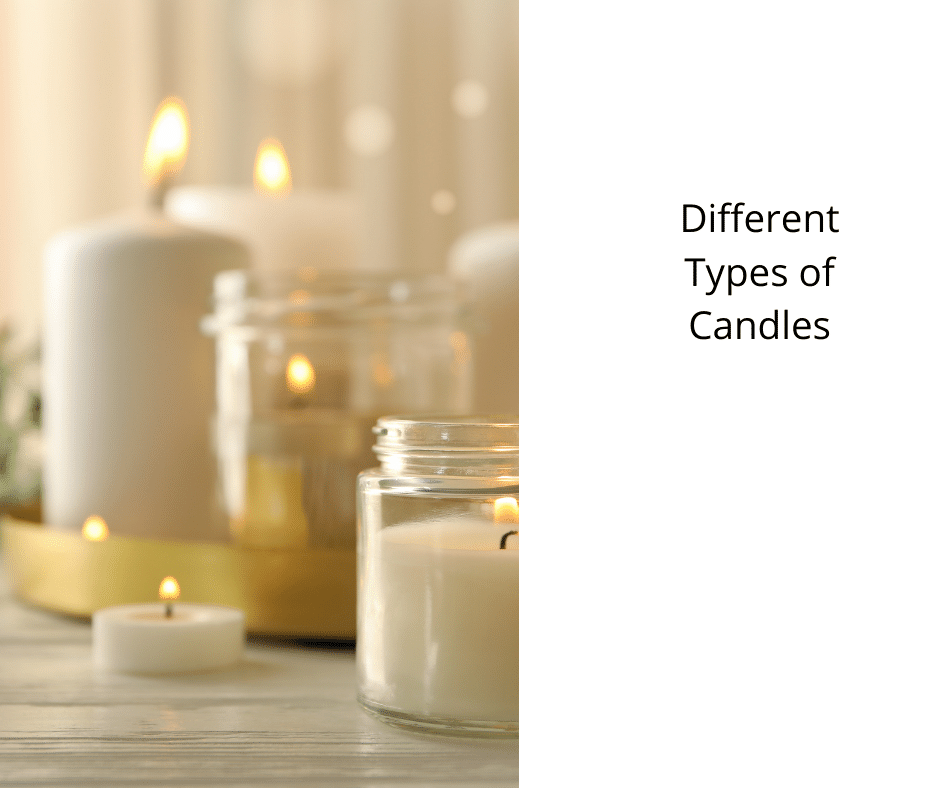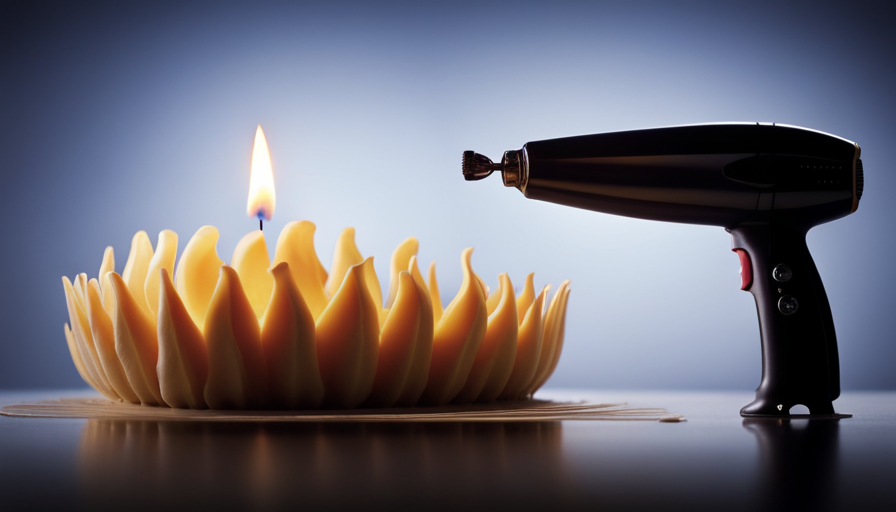There are various kinds of candles to choose from, such as pillar candles and votive candles, each distinguished by its shape. Votive candles are small and circular, while pillar candles are recognized for their long, cylindrical shape. Despite being pricier than tea lights, pillar candles remain the most popular and widely available type.
Votive candles
Votive candles are small, beeswax candles used in Christian prayer. These candles are usually white or yellow in appearance. Many Christian denominations, including Lutheran and Roman Catholic, use votive candles. Their use is based on religious observances such as the Eucharist, which requires people to light a candle of some type.
Votive candles can be used in many rooms, and they are a great choice for table settings. Votive candles are not as overwhelming as tall taper candles. They are also not too intrusive and won’t block guests’ view. They are affordable and will make any table look elegant.
Pillar candles
Pillar candles are a variety of candles made from rigid wax that have a pillar-shaped shape. Their typical size is about 2 to 4 inches in diameter and a height of three to nine inches. They can be made in many different sizes and shapes. For special occasions, you can order pillar candles in custom shapes.
Pillar candles are tall, durable, and striking in appearance. Depending on their size, pillar candles can be placed next to a fireplace or on a table. They also look great outside. The wax is more dense, so a pillar candle will burn for a longer period of time.
Gel candles
Gel candles are a variety of candles made from a gel material. They are usually made in glass containers, such as champagne glasses or votive holders. It is important to select a glass container that is thick enough to hold the temperature of the wax. If the container should be broken or dropped, it must be safe.
The main difference between gel and paraffin candles is the material used to create them. Gel candles are made from petroleum refinery by-products. Crude oil has to be collected by drilling, which contributes to environmental pollution and loss of habitats. It must then be refined and subject to a variety of heavy manufacturing processes. This process is the third biggest industrial contributor to greenhouse gases. Once the oil is refined, it is separated into a number of components. One of these components, the wick, is made from polymer resin.
Beeswax candles
It is easy to make your own beeswax candles. To start making your own candles, you will need a large pot with water halfway filled. Place the pot on medium heat. Be careful not to overheat the wax as this can cause it to change color. Depending on the size of the beeswax, it will take between 10 and 30 minutes to melt.
Because they are made from high-quality materials, beeswax candles can be expensive. You can save money by making your own beeswax candles. They burn longer than other types of candles. You can make these candles in a variety of shapes and sizes, including jar candles and taper candles.
Soy wax candles
Soy wax candles differ from paraffin-based candles in several ways. First, they are made from renewable resources, including soybeans. Classic paraffin wax, on the other hand, is a non-renewable fossil fuel. Second, soy wax is slower to burn and produces less soot compared to paraffin. Soy wax is an excellent carrier for fragrances. Fourth, unlike paraffin wax soy candles don’t contain chemical amplifiers.
Soy wax candles are made from soybeans. They are cracked, cleaned, and dehulled. The soybean flakes are then processed to extract the oil, which is then hydrogenated. This results in a natural wax which solidifies at room temperatures. The popularity of soy wax candles has grown as consumers demand more environmentally friendly candle options. In fact, soy wax is often considered to be the best candle wax for containers.
Palm wax candles
Palm wax candles are a natural and environmentally-friendly alternative to petroleum-based candles. They are biodegradable and don’t produce any harmful chemicals. Some candle companies are moving towards more sustainable palm wax farming and labor practices. This wax is great for making candles, even though it can be very expensive.
One type of palm wax candle is a pillar candle. They are self-standing and are typically made of beeswax or palm wax. There are also varieties made from different wax blends. A container candle is another type of candle. A container candle is placed inside a jar. Container candles can be made from different waxes, each with its own unique characteristics.
Scented candles
Scented candles can make your home scrumptious when it comes to fragrance. However, there are some important things to know when choosing your next scent. Use scented candles in small quantities to avoid skin irritations and allergic reactions. The Food and Drug Administration states that burning candles can release small amounts of harmful chemicals but not enough to pose a risk to your health. To make sure that you’re not exposing yourself to toxins, read labels carefully.
Using soy wax in scented candles is a better option than paraffin wax. Paraffin wax is a petroleum byproduct. It is best used for tall candles. Soy candles burn at a lower temperature and last longer.









